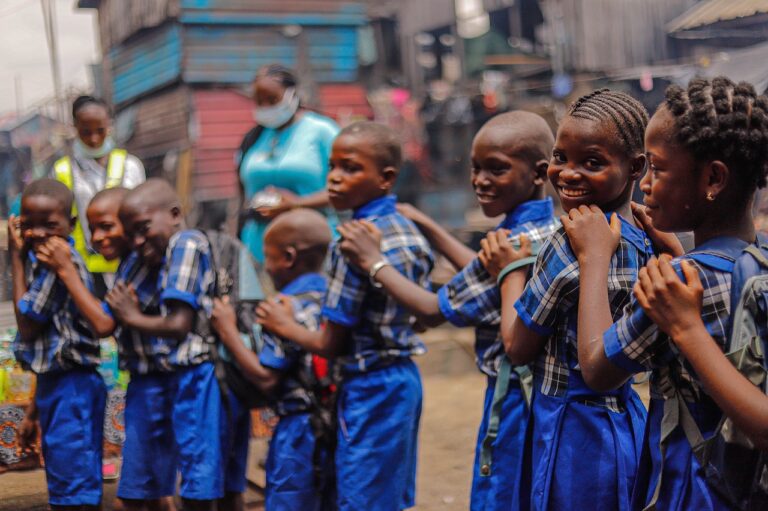The Importance of Culturally Relevant Pedagogy in Education
Culturally relevant pedagogy stands as a crucial aspect of effective teaching practices in today’s diverse educational settings. By incorporating students’ cultural backgrounds and experiences into the learning process, educators can create a more inclusive and engaging environment that meets the needs of all learners. This approach helps students see themselves reflected in the curriculum, fostering a sense of belonging and validation that can boost their academic performance and overall well-being.
Furthermore, embracing culturally relevant pedagogy encourages critical thinking and enhances students’ understanding of different perspectives and worldviews. It challenges the traditional eurocentric narratives that have dominated educational systems for so long, promoting a more accurate and comprehensive representation of history, literature, and social issues. By acknowledging the richness and diversity of cultures within the classroom, educators can empower students to appreciate their own heritage and respect the identities of others, ultimately fostering a more tolerant and harmonious learning environment.
Understanding the Cultural Backgrounds of Students
In today’s diverse educational settings, it is essential for educators to have a deep understanding of the cultural backgrounds of their students. Each student brings a unique set of beliefs, values, traditions, and experiences to the classroom, which greatly influence their learning styles and perceptions of the world. By taking the time to learn about the cultural backgrounds of students, educators can create a more inclusive and supportive learning environment that respects and celebrates diversity.
Cultural background plays a significant role in shaping students’ identities and perspectives, affecting how they engage with the curriculum and interact with their peers. By acknowledging and valuing the cultural richness that students bring to the classroom, educators can foster a sense of belonging and empowerment among students from all backgrounds. This recognition of cultural diversity not only enhances the educational experience for students but also promotes mutual respect, empathy, and collaboration within the classroom community.
Promoting Inclusivity and Diversity in the Classroom
In today’s diverse classrooms, it is crucial for educators to recognize and value the varied cultural backgrounds of their students. By understanding the rich tapestry of experiences that each student brings to the learning environment, teachers can create a more inclusive and welcoming space for all learners. This can help promote a sense of belonging and respect among students, fostering a positive learning environment where everyone feels valued and celebrated.
Incorporating culturally relevant pedagogy into the classroom not only benefits students from diverse backgrounds but also enhances the educational experience for all learners. By incorporating diverse perspectives, materials, and teaching approaches, educators can engage students in more meaningful ways and broaden their understanding of the world around them. This can lead to increased empathy, cultural awareness, and critical thinking skills among students, preparing them to succeed in an interconnected and global society.





